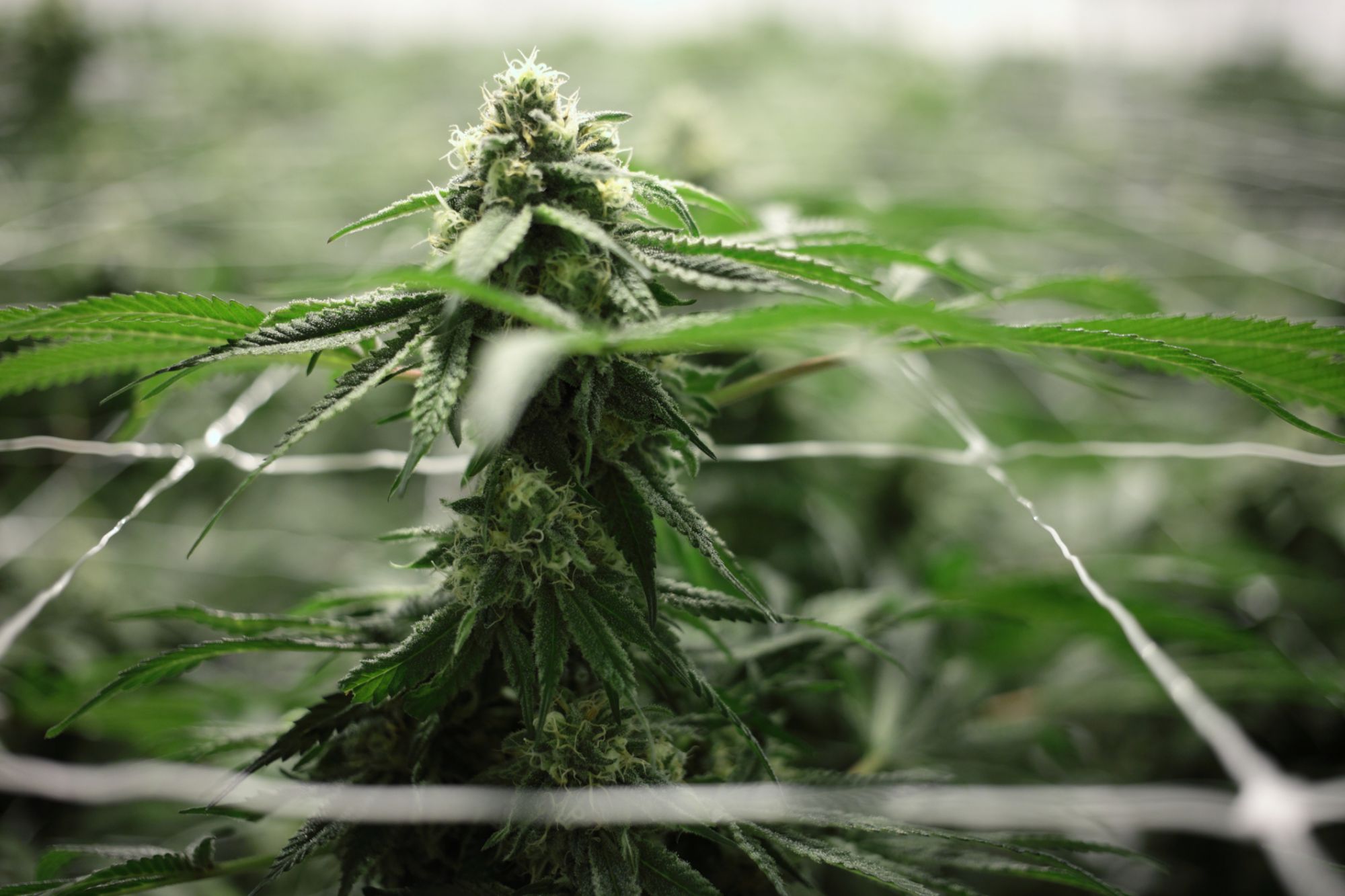The Next Big Cannabis Opportunity? Mills to Process Industrial Hemp.

Hemp is likely to soon be a major domestic crop but the nation has nearly no capacity to process the tough fiber.
December 5, 2018 5 min read
Opinions expressed by Green Entrepreneur contributors are their own.
Flowers are currently the most valuable part of a hemp plant, but the rest of the plant is largely wasted. It doesn’t have to be but since the crop has been illegal since 1937, the capacity to process hemp stalks into useful materials, aside from CBD, is not yet available.
“Most of the hemp plant is underutilized and wasted today in the U.S.,” said Carl Lehrburg of PureHemp Technology in Fort Lupton, Colo.
Related: Hemp Clears Legislative Hurdle and Is Poised to Be Legalized
Legalization of industrial hemp seems certain in the coming weeks as the 2018 Farm Bill moves through Congress. Presuming it passes as now written, U.S. farmers will soon be planting fields of hemp to meet rising demand for CBD oil and hemp-based foods such as hemp milk and hemp protein. Hemp processing is a big gap in the supply chain. Lehrburg doesn’t mince words.
“Consumers are demanding more hemp- and bio-based products, so the real constipation in the supply chain is with all the capital on the sidelines or chasing low-hanging fruit [like CBD production], while ignoring the real opportunities to advance the bio-economy,” he said.
PureHemp Technology is working to close that gap by developing traditional hemp stalk processing equipment that separates long and short fibers from the tough stem for processing into pulp, sugars and lignins, a process called “decorticating.”
“The valuable raw materials in the stalk are the real gold,” Lehrburg said.
Industrial hemp, a variety of cannabis that contains under 0.3 percent of the psychoactive compound THC that gives marijuana its potency, grows well in most soils with few chemical fertilizers or pesticides, furiously absorbing carbon from the atmosphere from germination to harvest, when its real versatility shines.
Hemp is a renewable source for an array of valuable and sustainable products ranging from foods and clothing to rope, auto bodies and 3D printing filament. That versatility and the low-impact farming needed to yield a hemp crop has motivated passionate hemp legalization advocates for decades.
The cultivation of hemp of any kind was outlawed in 1937 (though the ban was suspended during World War II). Hemp imports were legalized in 1997 to supply a steadily growing U.S. market for hemp hearts, hemp milk, hemp protein powders, hemp-based cosmetics and extracted oils, as well as clothes, textiles and sustainable bioplastics.
Related: The Next Big Thing in ‘Green’ Packaging Is Hemp Bioplastic
The 2014 Farm Bill took a step towards domestic cultivation by making it legal for states to allow industrial hemp pilot programs. While 40 states did so to some degree, only 15 states grew hemp in 2016, with four more joining their number in 2017. Colorado led the pack with 9,700 acres of hemp in cultivation, followed by Oregon with 3,469 acres, Kentucky with 3,271, and North Dakota with 3,020. New York and Minnesota are the only other states with more than 1,000 acres of hemp under cultivation, according to the advocacy group Vote Hemp.
Acreage devoted to hemp will almost certainly expand rapidly in coming years. The 2018 Farm Bill that will soon be voted on by the House and Senate includes the Hemp Farming Act of 2018, which will remove hemp and its products, such as CBD oil, from the purview of the Controlled Substances Act, legalizing cultivation in all 50 states. The biggest proponent of hemp legalization is Senate Majority Leader Mitch McConnell, R-Ky. Farmers in Kentucky, where hemp was a major commodity crop for centuries beginning before the Revolutionary War, sold $16 million worth of hemp in 2016.
As cultivation takes off across the country, processing capacity will need to keep up and stay close, geographically speaking. Hemp has to be dried and processed near where it is grown or else the transportation costs eat too deeply into profits. And farmers who go into grain cultivation need food-grade processing. Even those who grow for the CBD market acknowledge that decortication of stalks would benefit them if they could access it.
Leighton Rice, co-owner of Humble Hemp Farmers in Ortana, Pennsylvania, was specialized in fruit trees but got into that state’s industrial hemp pilot program at the urging of a friend in Nevada. Now he is in the middle of harvesting his first crop, a little over six acres of hemp.
“It wasn’t too difficult or expensive to get a license,” he said of the process that he went through in January. The hemp seed he planted is bred to be high in CBD, so the flowers are his main harvest Rice is already getting calls asking to pre-buy the flowers but the stalks have nowhere to go.
“If you’re asking is there enough [fiber] processing capacity in the Mid-Atlantic, the answer is no,” Rice said.
Even though his main crop is not fiber, he recognizes that the quantity of stalk left after the flowers are harvested is “not insignificant.” But, he says, “we don’t have an outlet for it.”
Until the processing capacity for stalks is ready and waiting for hemp harvests, what PureHemp’s Lehrburg calls “the real gold,” valuable raw material for everything from protein powder to plastic will most likely be thrown away.
https://www.greenentrepreneur.com/article/323999